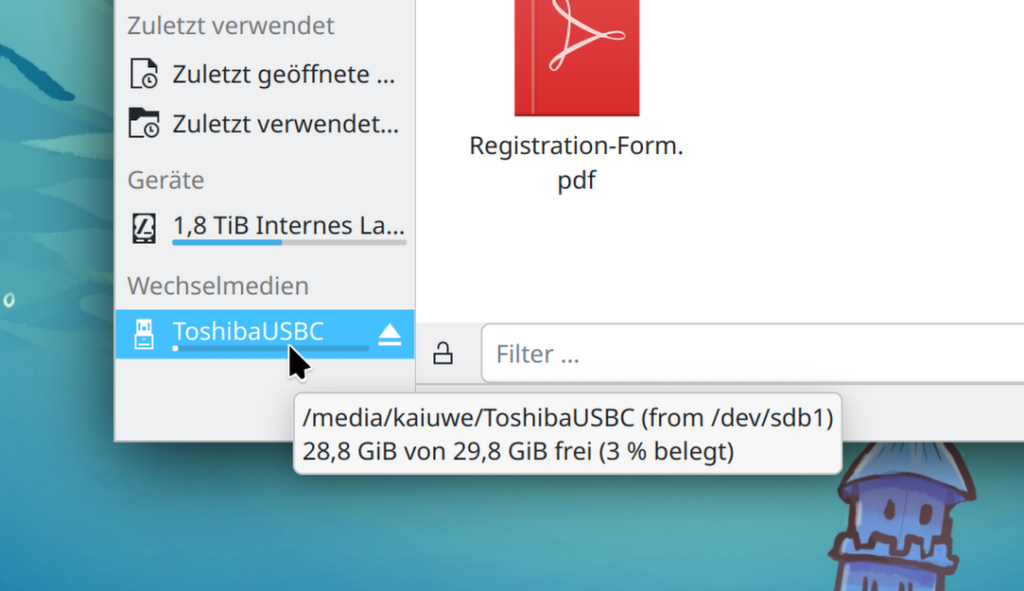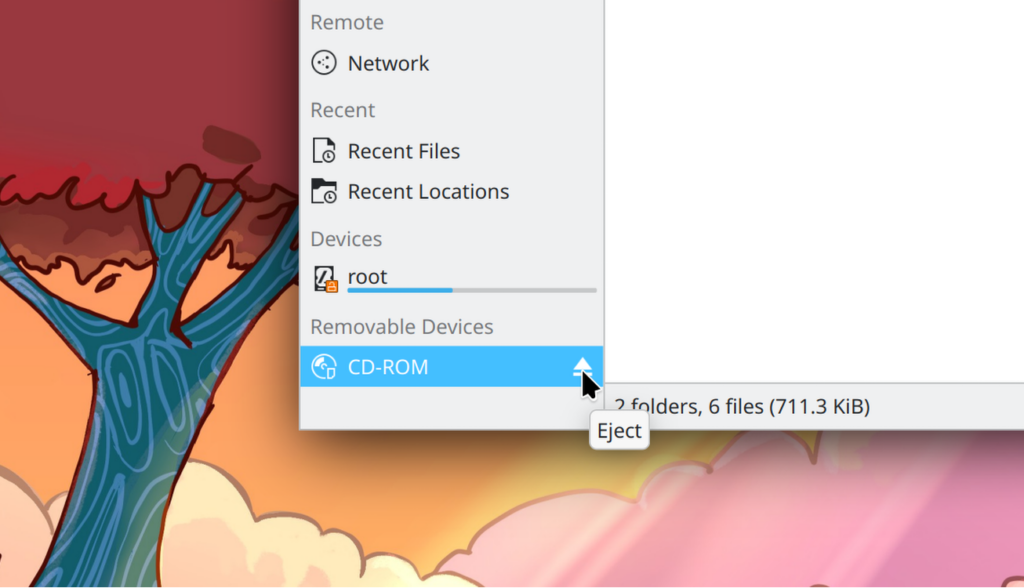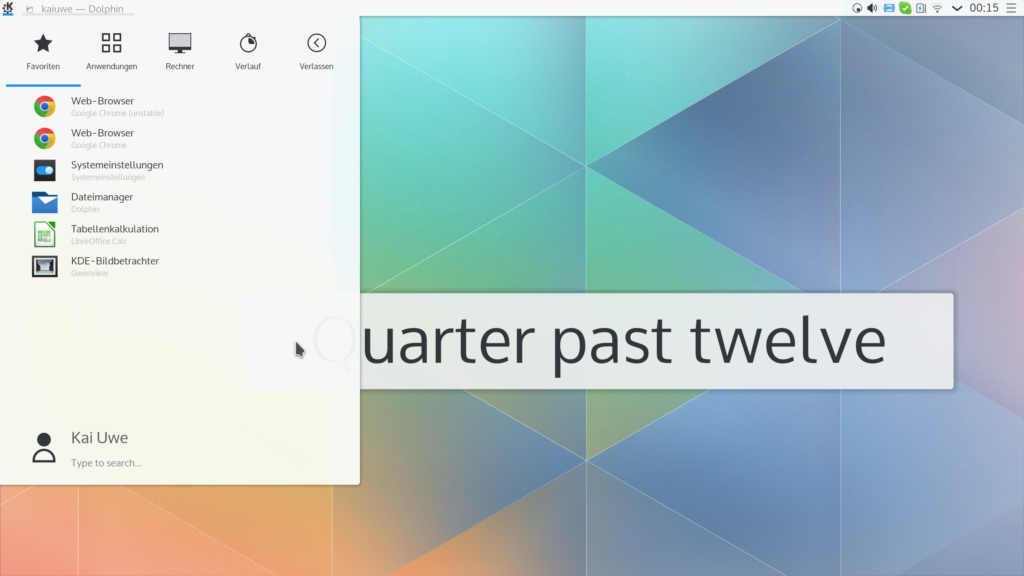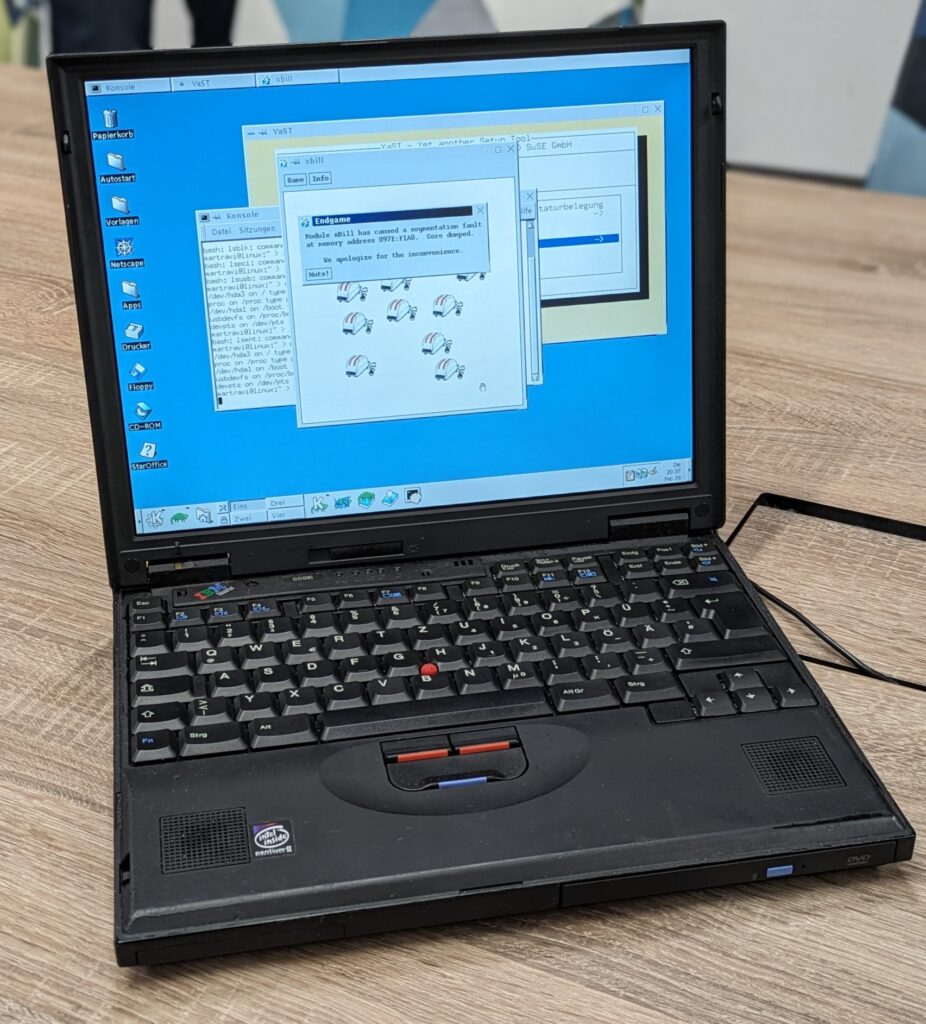I’m pleased to announce the immediate availability of Plasma Browser Integration version 2.0 on the Chrome Web Store and Microsoft Edge Add-ons page. This release updates the extension to Manifest Version 3 which will be required by Chrome soon. The major version bump reflects the amount of work it has taken to achieve this port.
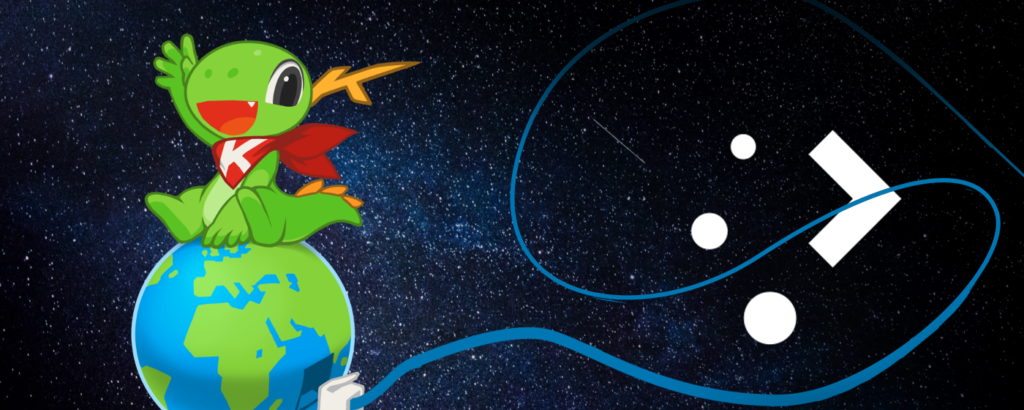
Plasma Browser Integration bridges the gap between your browser and the Plasma desktop. It lets you share links, find browser tabs and visited websites in KRunner, monitor download progress in the notification center, and control music and video playback anytime from within Plasma, or even from your phone using KDE Connect!
Continue reading Plasma Browser Integration 2.0

